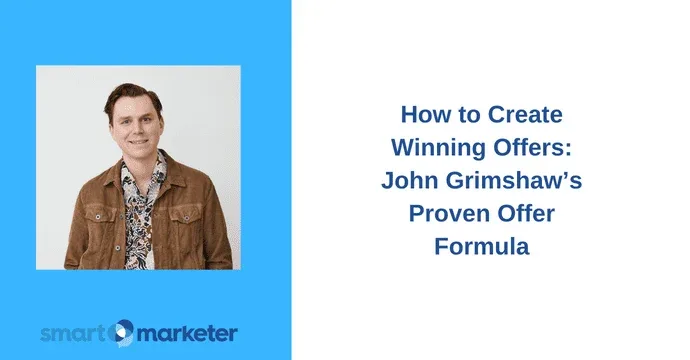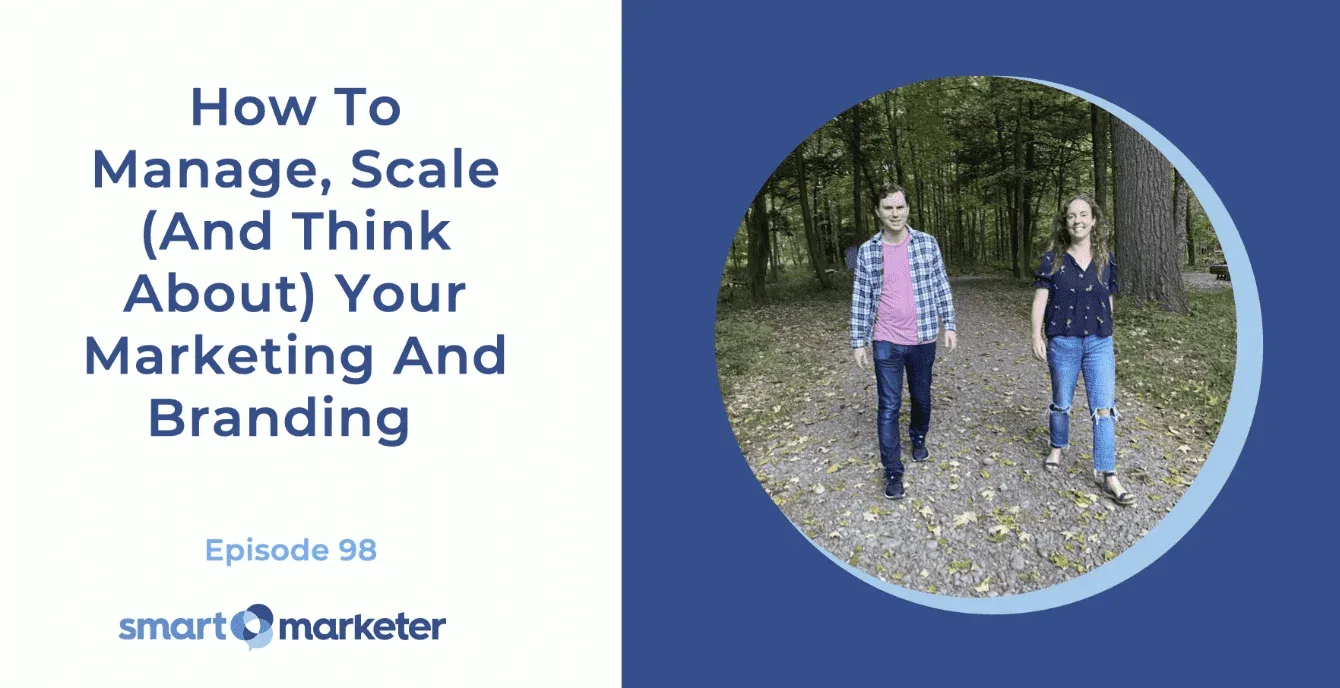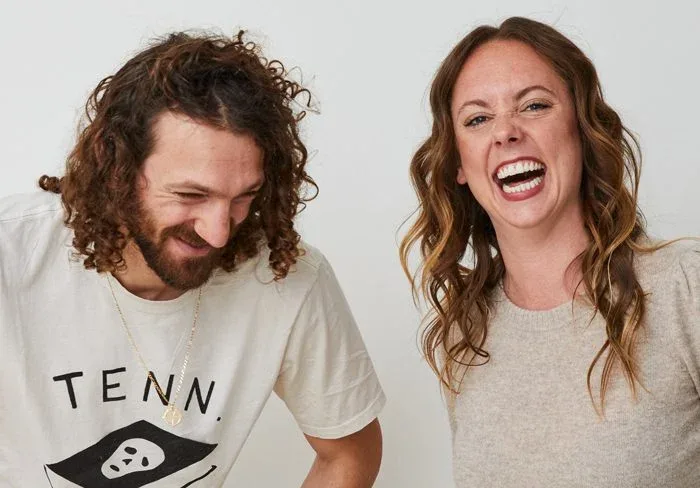The ability to create new offers is one of the most important skills a marketer can have, and it’s one we’ve never discussed in-depth on the blog before.
Offers are everything in business. They keep the lights on by bringing in new people and turning them into paying customers. That’s why Ezra, Molly and I spend the majority of our work lives creating new offers for our brands and for our clients.
In this post, I teach you my 5-part Offer Formula that you can use to invent winning offers for any product in any industry or marketplace.
John’s Proven Offer Formula
A lot of people (especially ecommerce brands) get confused from the very beginning, but the first thing you need to know is this:
The product you’re selling is not the offer you’re making to your customers.
Instead, your offer is the marketing material you use to persuade those customers to actually buy your product.
Based on the formula I developed and use for our clients, there are 5 parts to a winning offer, and I go over each one in detail below:
- Product
- Relevance
- Scarcity
- Transformation
- Specificity
You only need one offer to start a business…
But if you want to scale that same business to 7, 8 or even 9 figures, then you need to know how to create multiple winning offers for a single product so you can reach more audiences than you could reach before.
So let’s get started with part #1.
Part 1: Product
On its own, your product isn’t an offer, but it’s still where we need to start.
You need something of value to give people. You can sell a $50,000 piece of software or a $5 pack of gum — it doesn’t matter what the product is because the formula is always the same.
($5 may feel a bit expensive for a pack of gum, but if you have a good enough offer people will want to buy it!)
Once you choose the product you want to create your offer for, then you can move onto Part #2. That’s when we will start to add structure around the product to get people engaged, interested and persuade them to buy.
Part 2: Relevance
To get people to engage with your product, you need to make it relevant.
Ok, so you have a product or service… Why does this matter to me? What is the reason that you want to have a conversation with me right now about your software or your course or your cosmetics?
Relevance can come from a news event, an upcoming sale, or a holiday like Christmas or Black Friday.
It can even be an event your brand invented out of thin air — just like Amazon invented Prime Day or Ezra invented Pro-Age Month for his cosmetics brand, which means he now he has a relevant reason to start a conversation about his products every day in August.
It doesn’t matter if your event is real or made up, as long as your customers believe it’s relevant.
Part 3: Scarcity
After that, you need to give people a reason to take action now.
This works best when you create scarcity around the product. Maybe there’s a discount that expires tomorrow, or only 100 tickets on sale, or maybe the first class starts next week…
Whatever form of scarcity you choose, they need to know that this product that’s available today will not be available forever — and when that door closes, it closes for good.
Using limited-time discounts is always a good tactic (that’s how Black Friday works), but you don’t need to use discounts.
You have plenty of other options on the table like the ones I mentioned to avoid reducing your prices.
Part 4: Transformation
You also need a transformation, and this is where a lot of brands struggle — ecommerce brands most of all.
So let’s pretend you’re selling a toothbrush.
I think Ryan Deiss explains this well when he says your job as a marketer is to sell people on a transformation from an undesirable “before state” to a desirable “after state”.
The reason people buy a toothbrush isn’t because they want to brush their teeth — it’s because they want to change from a state where they’re embarrassed their mouth isn’t clean, to a new state where they feel confident about their shiny smile.
The toothbrush is just the vehicle that provides that transformation.
And just to be clear: the transformation is not that you get to brush your teeth for two minutes every morning and every night — that’s a feature of the product. The transformation is feeling confident and attractive.
(That might be a lot of responsibility to put on a toothbrush, but I’m exaggerating a bit to show you that even a product as basic and boring as a toothbrush can still have a strong transformation you can speak to.)
Part 5: Specificity
The final piece of my offer formula is specificity.
Marketing is impossible if you don’t have a specific person to speak to, so you need to really consider who your product is serving.
You can sell hundreds of products and serve a bunch of different avatars in your business, but every offer you make should have only one specific audience.
The more specificity you can add, the clearer your transformation becomes and the more your audience feels seen and acknowledged, and that’s really the secret to marketing at the end of the day.
For example: Ezra’s sells pro-age cosmetics that anyone can use — men, women, children — literally anyone could use his products. But he created a $165 million brand by adding specificity to his offer and narrowing down the audience until he was speaking only to women over the age of 50.
And that specificity has fueled his business for the last 10 years.
Conclusion
Congrats! Now you know my 5-part Offer Formula:
Product + Relevance + Scarcity + Transformation + Specificity = Your Offer
Start with a product then add why it’s relevant today, what makes it scarce, and how it will transform a very specific audience you want to serve.
If you remove one piece from this formula, you may have something that works for a while but it’s not something that can scale — and scalability is what makes this formula so exciting. Ezra only had one hero product in his first few years in business, but he was able to scale massively by creating multiple new offers for the same product that different avatars could buy into.
So give my offer formula a try with your products.
Use it to build one winning offer, then try switching out a few of the variables to test new avatars. Then message me at John@smartmarketer.com and tell me how it worked for you!
Want to hear the full story?
Listen to episode 98 of The Smart Marketer Podcast.
You’ll learn more about the smart business systems Molly and John use to scale digital brands by prioritizing what’s truly important:






